I'm rendering a geometry in WebGL and am getting different results on Chrome for Android (unwanted artifacts, left) and Chrome for Windows (right):


I've tried:
- using WebGL2 and WebGL contexts
- using
gl.UNSIGNED_INTandgl.UNSIGNED_SHORTwhen passing the index buffer - rounding all attribute values to 4 decimals after the comma
Here's some of the code:
I've "dumbed down" my vertex shader to narrow down the issue:
#version 100
precision mediump float;
attribute vec3 aPosition;
attribute vec3 aColor;
attribute vec3 aNormal;
varying vec3 vColor;
varying vec3 vNormal;
varying vec3 vPosition;
varying mat4 vView;
uniform mat4 uWorld;
uniform mat4 uView;
uniform mat4 uProjection;
uniform mat3 uNormal;
uniform float uTime;
void main() {
vColor = aColor;
vNormal = uNormal * aNormal;
vPosition = (uWorld * vec4(aPosition, 1.0)).xyz;
gl_Position = uProjection * uView * uWorld * vec4(aPosition, 1.0);
}
I'm passing the attributes via an interleaved buffer (all values rounded to four decimals after the comma):
gl.bindBuffer(gl.ARRAY_BUFFER, this.interleaved.buffer)
const bytesPerElement = 4
gl.vertexAttribPointer(this.interleaved.attribLocation.position, 3, gl.FLOAT, gl.FALSE, bytesPerElement * 9, bytesPerElement * 0)
gl.vertexAttribPointer(this.interleaved.attribLocation.normal, 3, gl.FLOAT, gl.FALSE, bytesPerElement * 9, bytesPerElement * 3)
gl.vertexAttribPointer(this.interleaved.attribLocation.color, 3, gl.FLOAT, gl.FALSE, bytesPerElement * 9, bytesPerElement * 6)
I'm using an index buffer to draw the geometry:
gl.drawElements(gl.TRIANGLES, this.indices.length, gl.UNSIGNED_INT, 0)
The indices range from 0..3599, hence gl.UNSIGNED_INT should be large enough.
I'm not getting any error messages. On Windows everything renders fine, just Chrome on Android has artifacts.